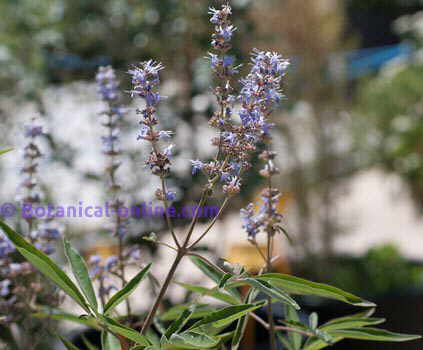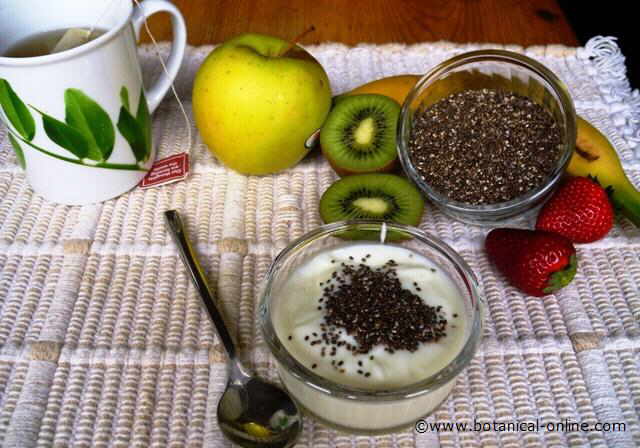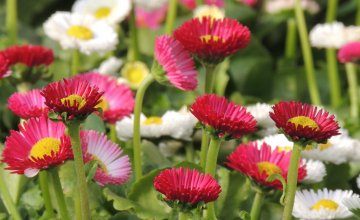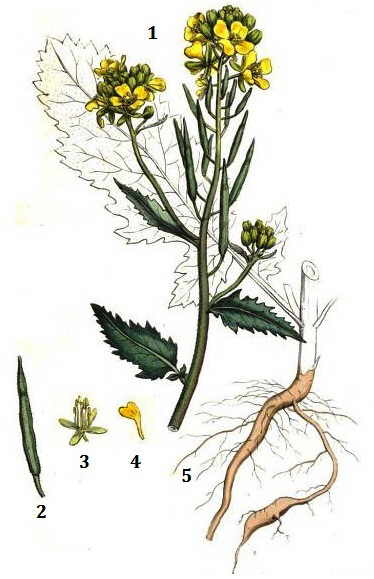Contents
- 1 Characteristics of essential oils
- 1.1 What are essential oils and what are they used for?
- 1.2 Benefits of essential oils
- 1.3 Aromatherapy, essential oil therapy
- 1.4 How do essential oils work?
- 1.5 Aromatherapy and emotions
- 1.6 Limbic system and aromatherapy
- 1.7 What are the components of the limbic system?
- 1.8 What is the limbic system for?
- 1.9 How does aromatherapy work with essential oils?
- 1.10 Complementary natural therapies with essential oils
- 1.11 Can essential oils be used internally?
Characteristics of essential oils
What are essential oils and what are they used for?
Essential oils are components found in some plants, classified within phytochemicals, that in our body exert different effects: stimulants, relaxing, toning or even some are toxic, depending on the type of oil and the dose.
Essential oils are not the same that vegetable oils (See: Differences between essential oils and vegetable oils)
Benefits of essential oils
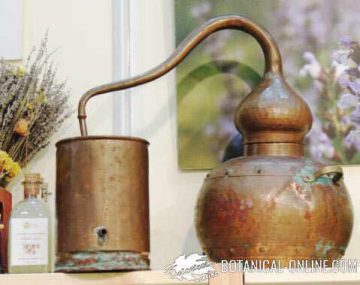
Essential oils have many benefits and possible uses, but for this it is convenient to use them with the precaution that such a concentrated remedy deserves and having read all its contraindications.
Essential oils combine the properties of phytotherapy with those of aromatherapy, which can sometimes overlap:
- Toning, relaxing, stimulating, …
- Anti-inflammatory
- Physiotherapy treatments (massages)
- Antiseptic
- Antioxidant
- Analgesic
- Gardening uses for pest control
Aromatherapy, essential oil therapy
Aromatherapy is a millenary technique that currently enjoys an important prestige. Essential oils not only act on the physical level, but, being odorous substances, act in a more subtle way, on the mind and emotions.
The use of essential oils has a therapeutic and curative function for the body and mind.
How do essential oils work?
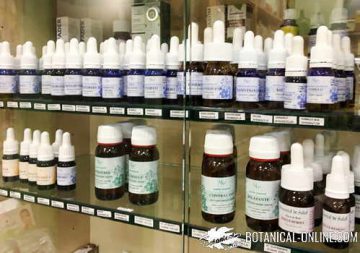
All essential oils have an aroma and this aroma will be used for healing. Aromatherapy is directed to the body and symptoms. Olfaction therapy is directed to the emotional sphere. Smells change people, but the effects are different.
Aromatherapy and emotions
Aromatherapy affects our emotions, that is something well known since ancient times, but the neuropsychological way in which it performs, only current research has been able to prove it. To explain it in a simple way, smells are perceived by our body as follows:
Limbic system and aromatherapy
The limbic system is composed of a set of structures whose function is related to emotional responses, learning and memory. Our personality, our memories and ultimately the fact of being as we are, depends largely on the limbic system.
What are the components of the limbic system?
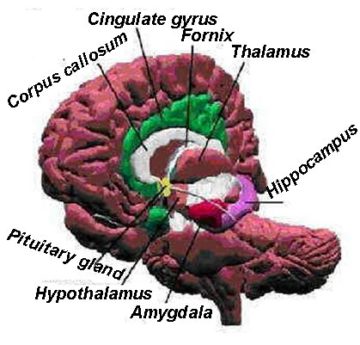
The components of this system are: amygdala, thalamus, hypothalamus, pituitary gland, hippocampus, the septal area (composed of the fornix, corpus callosum and association fibers), the orbitofrontal cortex and the cingulate gyrus.
What is the limbic system for?
In the nostrils there is the olfactory mucosa which is responsible for receiving the “odorific message” (the smell or aroma), which will be transported by the olfactory nerve fibers to the olfactory bulb. From this olfactory bulb, the message is transmitted by two different paths:
- The first will be directed towards the hypothalamus (a part of the brain that controls vegetative responses), and towards the epithalamus (controls somatic responses); and the other will carry the message to the hippocampus and the amygdala.
- Now … once the message reaches these areas, it begins to be part of a circuit where complex brain structures participate.
- This circuit is called the limbic system. It is responsible for integrating smell, memory and emotions. This is how a smell can transport us to different memories, moods and emotions.
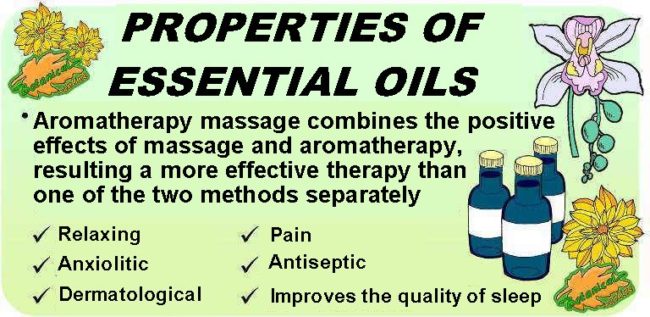
How does aromatherapy work with essential oils?
Smell is a sense that currently seems to be forgotten in consciousness, but as explained, is very present in our unconscious brain. Numerous scientific studies confirm that humans remember many more odors than we think we remember consciously.
This is used by aromatherapy to cause certain emotions and behaviors: stimulating, relaxing, appealing, revulsive properties … This is also widely used by the perfume industry, which has carefully studied the effect of each component or fragrance.
A smell can transport us to a pleasant afternoon, moments of yesteryear, or a feeling of relaxation. What really proves the importance that smells receive is that men and women have used perfumes since time immemorial.
Complementary natural therapies with essential oils
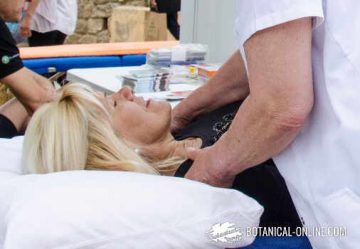
Essential oils have therapeutic applications. Applied externally on the skin, the active ingredients of essential oils are able to be rapidly absorbed through the skin and provide sedative, antidepressant and muscle relaxant effects, as well as their positive effects on sleep quality and the feeling of well-being.
Can essential oils be used internally?
In general, the use of essential oils internally is not recommended because it is dangerous, especially without medical supervision. However, there are clinical trials with these remedies, used for the healing of ulcers.
It is believed that essential oils ingested internally increase circulation and permeability of membranes, accelerating angiogenesis (creation of new blood vessels and tissues) and increasing the rate of mucosal regeneration.
* Related information:
– Essential oils in pregnancy and breastfeeding
– Essential oils for the bathroom
– Are essential oils good for children?
– Contraindications of essential oils
![]() More information on essential oils
More information on essential oils

